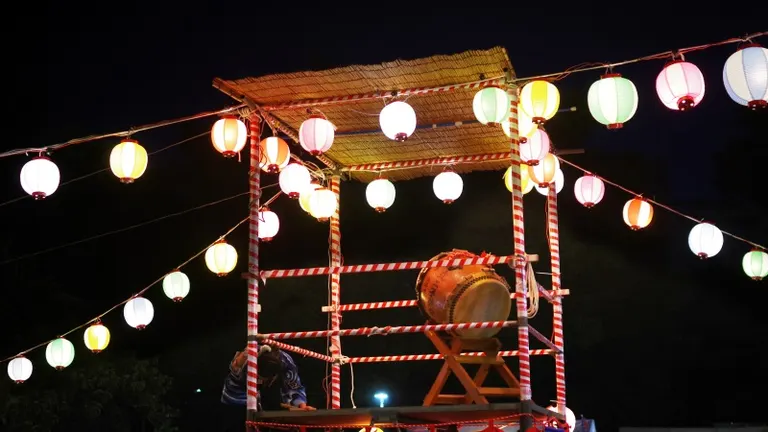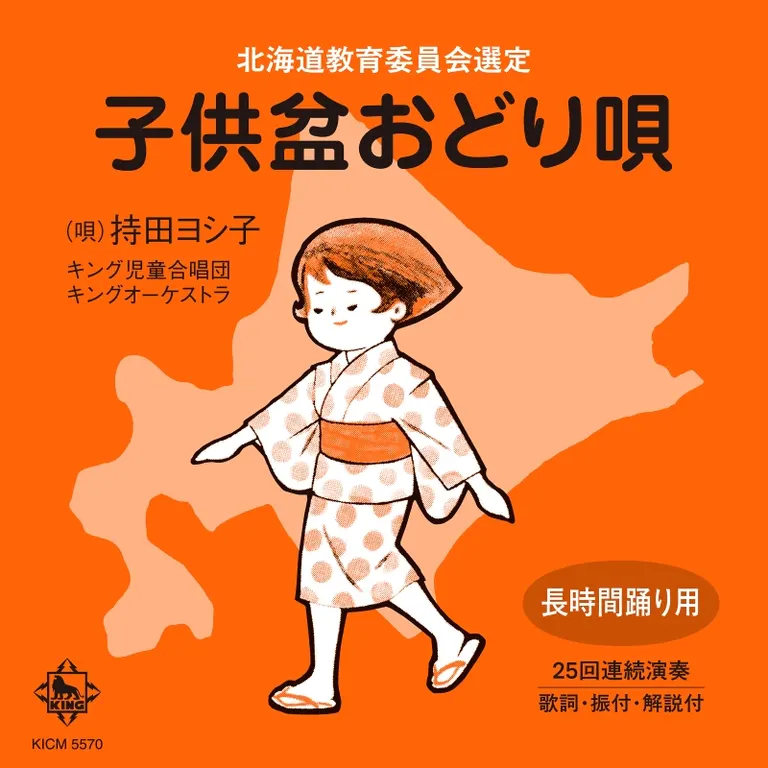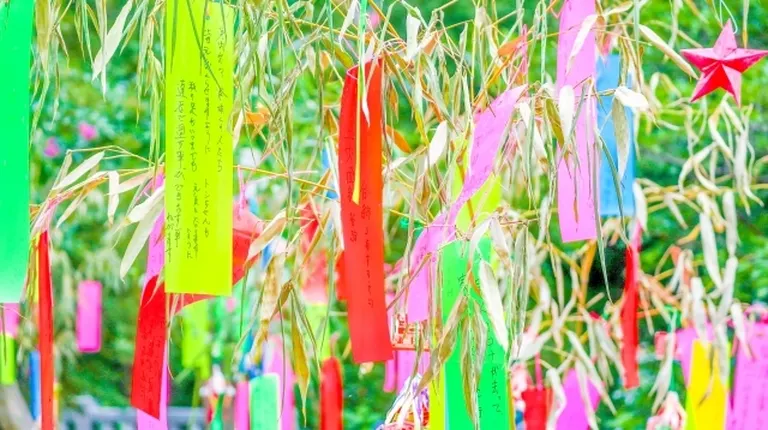
ARTICLES
Why is Tanabata in Hokkaido in August instead of July? We'll uncover the mysteries of Tanabata that you're too embarrassed to ask about!
You may have heard on the news, "Today is July 7th, Tanabata!", but in Hokkaido, Tanabata is generally celebrated on August 7th. If you are a Hokkaido resident, you may have wondered, "Why is it different only in Hokkaido?"
In fact, Tanabata is celebrated on different dates depending on the region, with some areas of Hokkaido, such as Hakodate and Nemuro, celebrating Tanabata in July, while the Sendai Tanabata Festival in Tohoku is held in August. What is the reason for these differences?
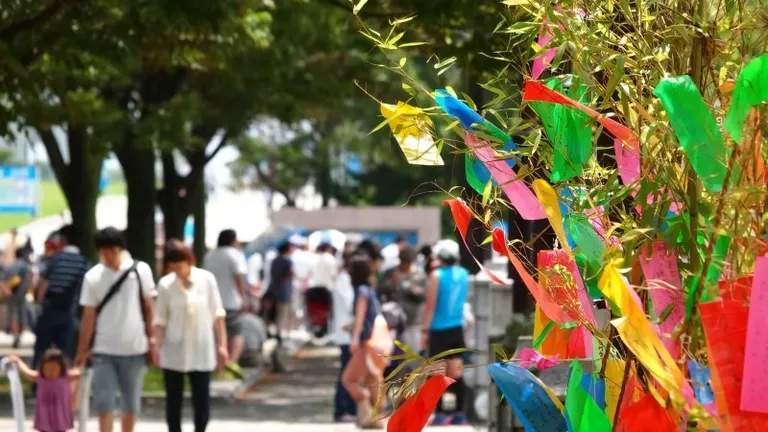
First of all, why is Tanabata celebrated on July 7th?
Tanabata is a star festival that was introduced to Japan from China in ancient times. The festival originated from the legend that the stars Vega and Altair, who face each other across the Milky Way, can only meet on July 7th.

On summer nights, you can see the "Great Summer Triangle" in the eastern sky, made up of three stars: Vega, Altair, and Deneb. Two of the stars that make up the triangle are Vega, a first-magnitude star in the constellation Lyra, known as "Orihime" or "Vega Star," and Altair, a first-magnitude star in the constellation Aquila, known as "Hikoboshi" or "Altair Star." These stars appear especially beautiful on July 7th, which is why this legend is said to have originated.
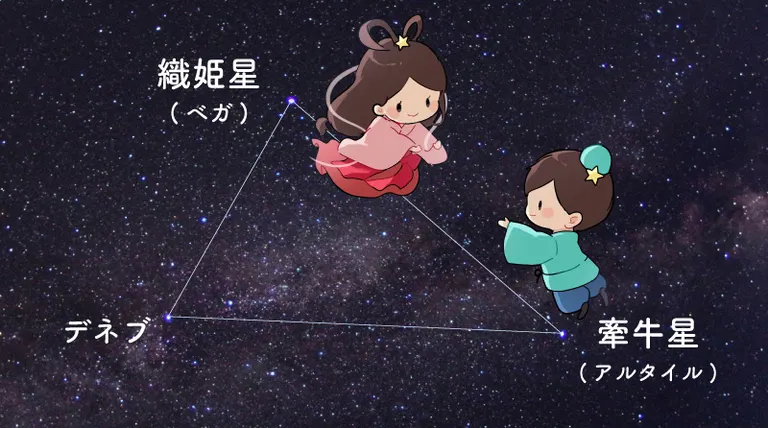
The reason for the different dates is the difference between the "old calendar" and the "new calendar."
Tanabata was originally celebrated on July 7th, but the reason why many areas in Hokkaido celebrate it in August is due to the difference between the old and new calendars. On November 9th, 1872 (Meiji 5), the Meiji government decided to abolish the old lunisolar calendar that had been used up until then, and to adopt the Gregorian calendar (solar calendar) as the new calendar from January 1st of the following year. As a result, December 3rd, 1872, became January 1st, 1873, effectively moving the date forward by about one month.
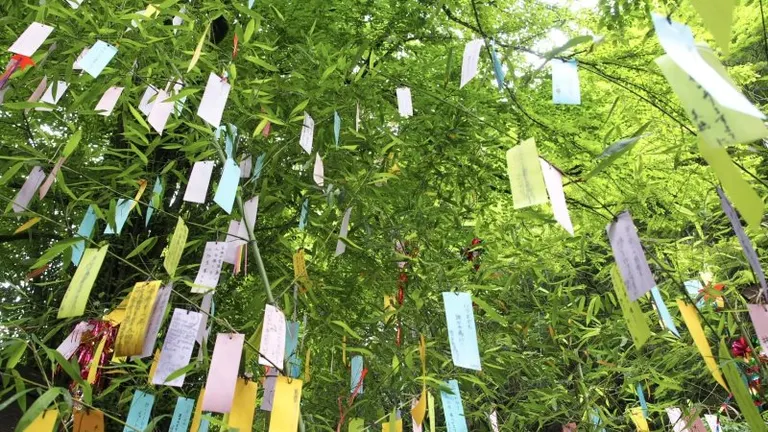
In areas where Tanabata falls on July 7th, even after switching to the Gregorian calendar, the original date of Tanabata, July 7th, was kept the same and Tanabata was celebrated on July 7th of the Gregorian calendar. On the other hand, in areas where Tanabata falls on August 7th, since July 7th of the Gregorian calendar is roughly early August in the Gregorian calendar, only the 7th date, which was originally celebrated, is kept and Tanabata is celebrated a month later on August 7th.
Incidentally, the reason why Obon is celebrated in some areas in July and others in August is due to the difference between the old and new calendars, just like Tanabata. In Hakodate and Nemuro, both Tanabata and Obon are celebrated in July.
- 1
- 2









